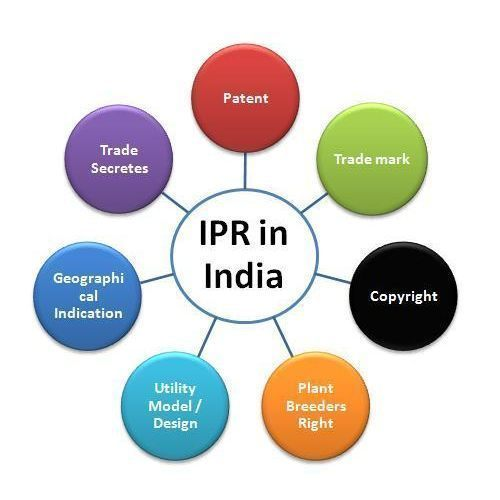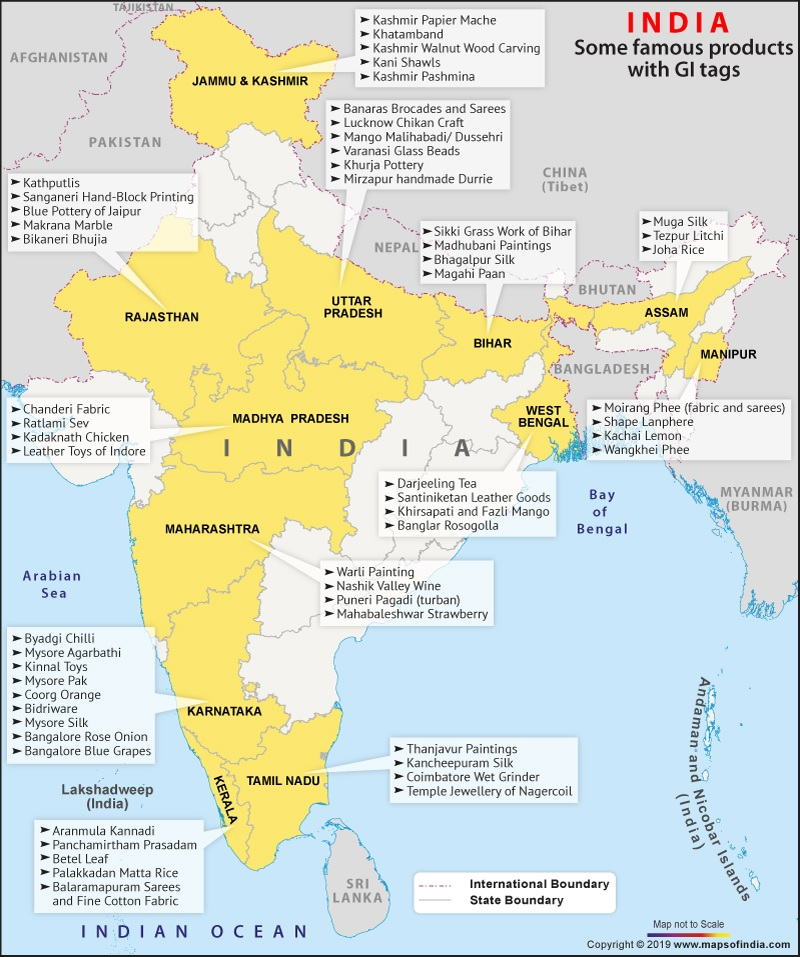Description

Copyright infringement not intended
Context - The Centre for Development of Telematics (C-DOT) under the Ministry of Communications has organized the annual Intellectual Property (IP) awards ceremony.
Details
- Intellectual Property (IP) awards are conferred annually.
- The aim is to recognize and reward the inventors and contributors.
- Awards were distributed for achievements in the area of patents, copyrights, and design and research papers.
About Intellectual Property Rights
- Intellectual property (IP) is a category of property that includes intangible creations of the human intellect.
- Intellectual property rights include patents, copyright, industrial design rights, trademarks, plant variety rights, trade dress, and geographical indications.
- The main purpose of intellectual property law is to encourage the creation of a wide variety of intellectual goods, to achieve this, the law gives people and businesses property rights to the information and intellectual goods they create, usually for a limited period of time.
- This gives economic incentive for their creation because it allows people to benefit from the information and intellectual goods they create and allows them to protect their ideas and prevent copying.
- These economic incentives are expected to promote innovation and contribute to the technological progress of countries.

About Geographical Indications (GI)
- Geographical Indications (GIs) products include agricultural, natural, manufactured goods, foodstuff and handicrafts.
- GIs are the products that are originated or manufactured in a specific territory, region, or locality.
- There are currently 390 GIs registered products in India.
- In order to function as a GI, a sign must identify a product as originating in a given place. EX- Darjeeling tea.
- India, as a member of the World Trade Organization (WTO), enacted the Geographical Indications of Goods (Registration & Protection) Act, 1999 which came into force with effect in September 2003.
- In 2004, Darjeeling Tea was the first Indian product to get the geographical indication tag.
- India has approximately 400 registered geographical indications.
- Geographical Indication tags in India are valid for a period of 10 years following which it can be renewed.
- The Union Minister of Commerce and Industry had launched the logo and tagline for the Geographical Indications (GI) of India.

Copyright infringement not intended
Steps by the Government
- The Cell for IPR Promotion and Management (CIPAM) has been set up to coordinate the implementation of the National IPR Policy.
- IP awareness programmes have been undertaken in academic institutions, at both school and college levels, as also for industry.
- To streamline the processing of IP applications, IP procedures have been simplified and made user friendly by amendment to the Patents Rules in 2016 and Trademarks Rules in 2017.
- Under the amended Patents Rules, 80% patent fee reduction has been provided for Startups as compared to large companies.
- Establishment of Center of Excellence in Intellectual Property.
- Providing IP Facilitation Support, Help-Desk services For IPR.
- Creation of IPR Awareness through Digital Media.
Way Forward
- There is an immediate need to take corrective steps to achieve the full potential of geographical indications.”
- Provisions for stronger enforcement and action against Violation are the need of the hour”.
- Awareness campaigns, especially in rural areas, on these intellectual property rights and promotes the success stories of Darjeeling Tea, Chanderi Silk, etc.
- Building sufficient capacities in the high court’s so that intellectual property litigation can be conducted efficiently and smoothly.
- These new and additional challenges can be effectively met by strengthening the high courts.
- Need to fill the existing vacancies on an urgent basis, but there is also a need to increase the number of judges.
- Judicial infrastructure needs to be improved. Mere allocation of funds is not enough. The challenge is to put the available resources to optimum use.
- While adjudicating the claims of intellectual property rights, a balance must be struck between contemporary claims and the sustainable interests of future generations.
https://www.pib.gov.in/PressReleasePage.aspx?PRID=1828953
1.png)

















